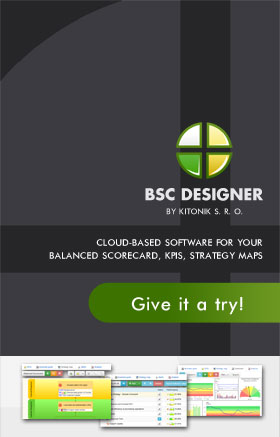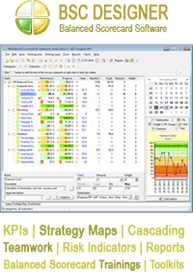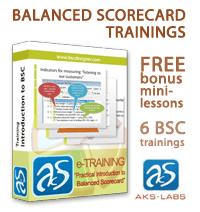Information Scorecards Should Never Be Without
The balanced scorecard has long been used as a managerial tool in determining the performance of a certain company and the direction that it should take towards achieving corporate goals and objectives. This is because the balanced scorecard is composed of elements and aspects that can help achieve just that. However, for the tool to be as effective as it should be, the information scorecards hold should be relevant in every aspect. This is why the proper development of the balanced scorecard should be discussed and mastered thoroughly.
To ensure the proper development of the balanced scorecard, you must pay attention to the very reason why the tool is developed in the first place. When you were still in the foundation stage of your company, you surely had a few goals and objectives that you wanted your business to achieve in mind. These goals and objectives would pave the direction that you want your business to take. However, it is quite easy to overlook the achievement of these goals, particularly the long-term ones, when you are too caught up in the accomplishment of the short-term ones and in the provision of solutions to all problems your company is contending with at present. Because you are no longer gauging the present performance of your company with respect to both long-term and short-term goals, you can no longer say for sure that the direction your business is taking is indeed the right one that it should take. This is where the balanced scorecard enters the picture. The balanced scorecard is that managerial tool that acts as your company’s constant reminder to take a look at the present performance of your business so that you can ensure that your company is still on the right track here.
What information should your scorecard hold then? First of all, your scorecard should hold the four perspectives in place – the Financial, Internal Processes, the Customers, and Learning and Growth. Look at these as information buckets wherein performance measures would be placed. For instance, you have customer retention as one of your long-term goals. The next thing you should do is determine what quantifiable measures you should use to gauge how your company is doing in terms of customer retention. For this goal, the performance measures or key performance indicators (KPIs) to use can be number of customer complaints, product return rate, and customer satisfaction. All of these KPIs work hand in hand to determine how the business is doing in terms of customer retention.
How do you determine which KPIs to use then? You can actually check the web for templates and guidelines on the commonly used KPIs and their functions. This way, you can have a guide in choosing which KPIs to use. However, make sure to choose only the relevant ones. Remember that you still have to interpret and analyze the information brought about by these KPIs and doing such with so many KPIs would only make the process more complicated than usual.
The information scorecards display should also have the appropriate solutions needed to get the company back on the right track, should it be underperforming in any way. This way, the scorecard will have fulfilled its very purpose of implementation in the first place.
—
If you are interested in information scorecard, check this web-site to learn more about information kpi.


